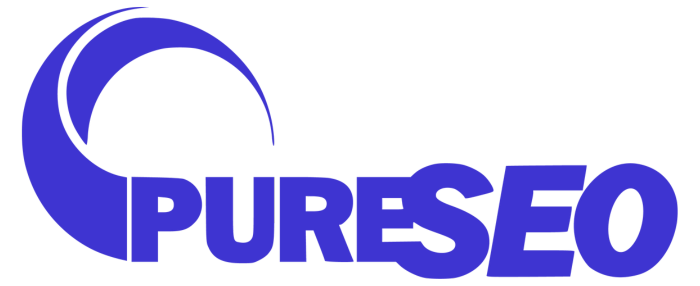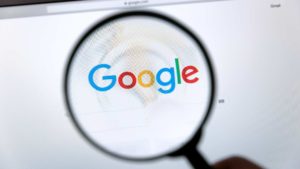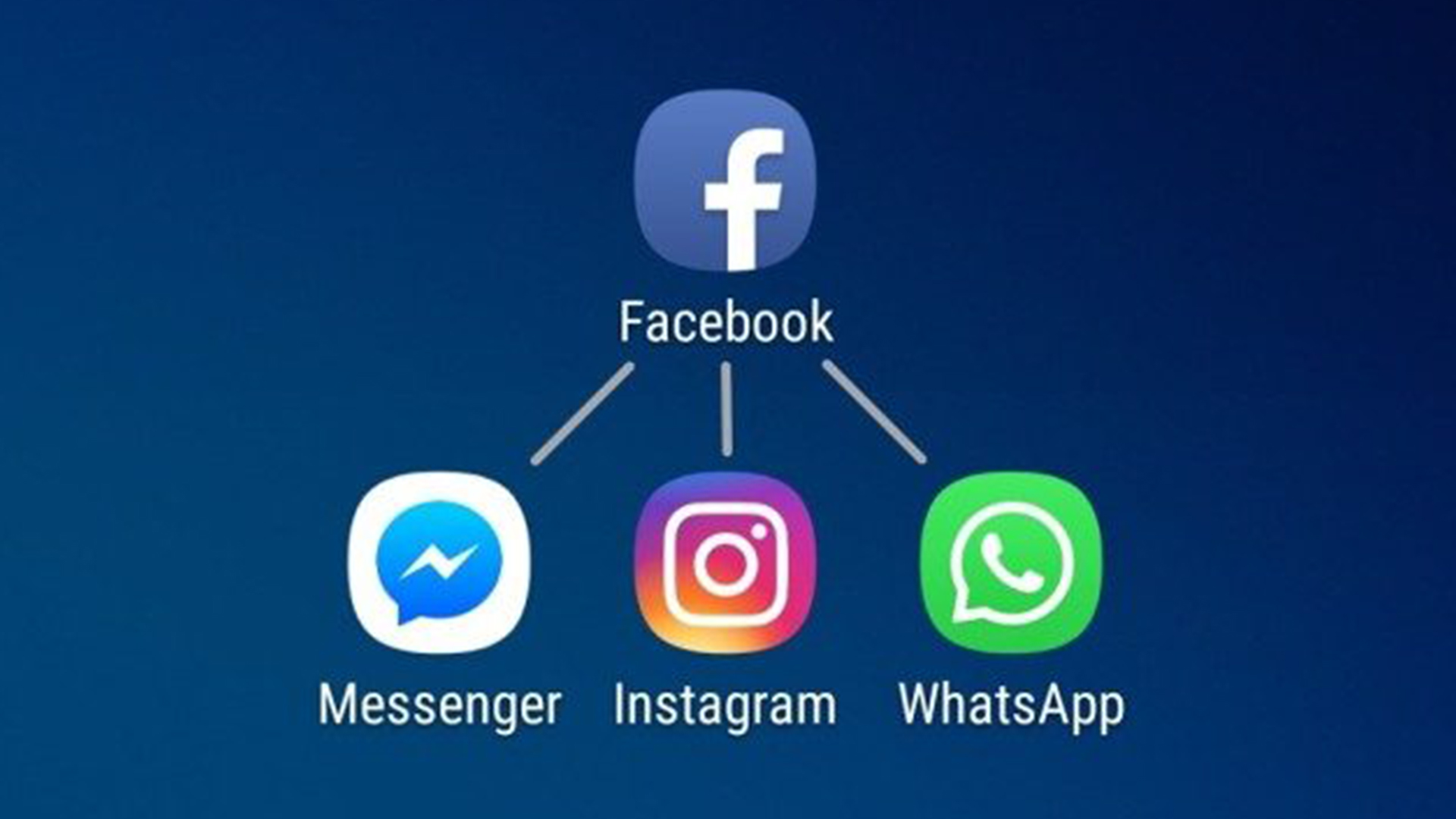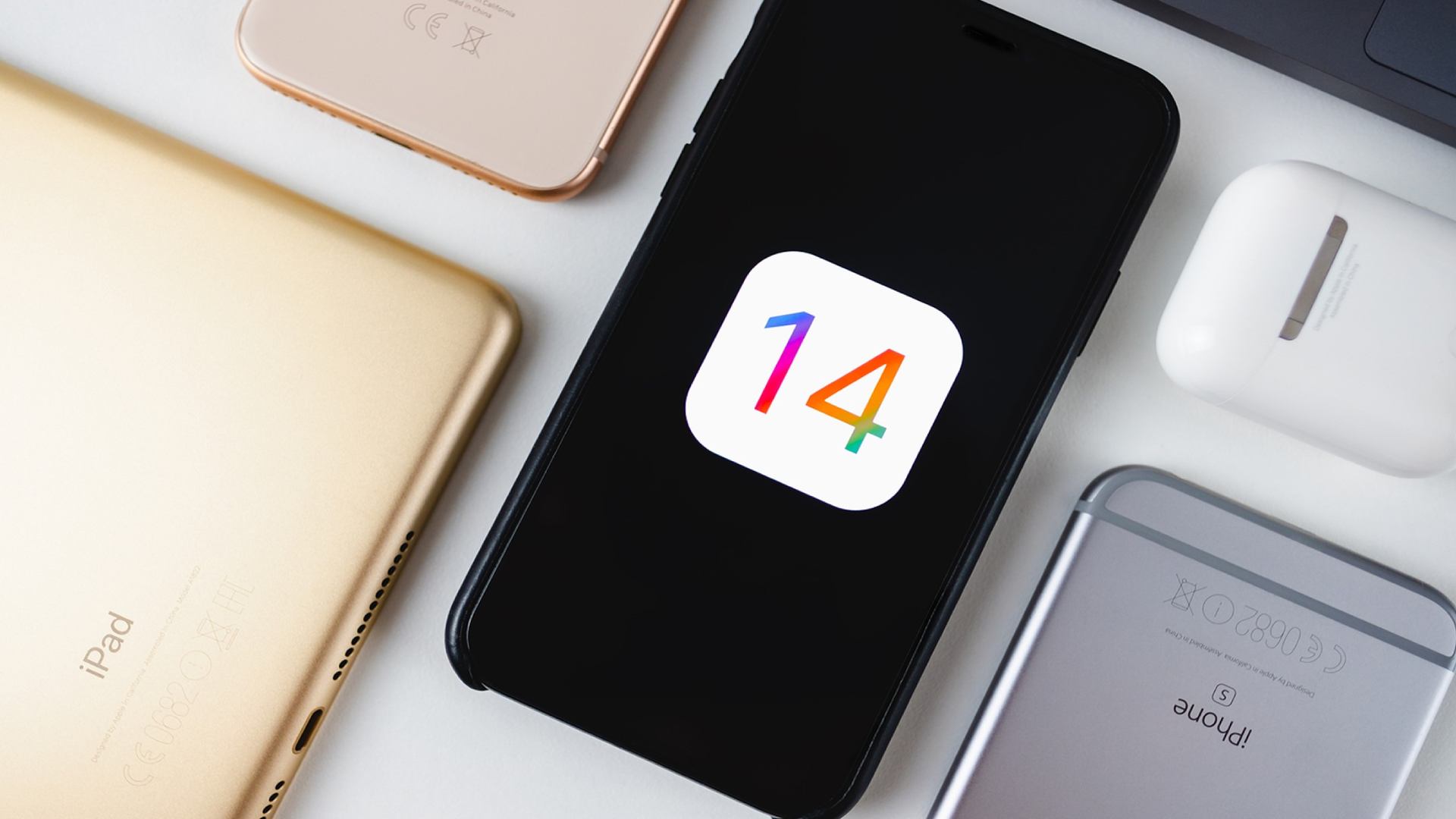
SEO is an industry characterised by constant change. However, with that being said, one of the few longstanding elements of the digital world has been the nofollow link attribute.
Introduced over a decade ago, the rel=”nofollow” attribute was designed to help curb spammy comments. This soon became one of Google’s recommended methods of marking links that were either sponsored or otherwise advertising-related.
But, last week, Google released a statement that the nofollow attribute is changing. Rather than being used as a directive for ranking and ignoring nofollow links outright, the nofollow attribute will be considered a ‘hint’. Additionally, Google introduced two new link attributes that publishers can choose to utilise to further describe the nature of a link.
What do these nofollow attribute changes mean for businesses and marketers? Find out below!
What is changing?
For the last 15 years or so, all links with the rel=”nofollow” attribute attached were passed over by Google, and not included as a ranking signal within its search algorithms. As per Google’s update, the nofollow attribute is evolving in order to keep up with the evolution and growth of the internet at large.
To understand how nofollow links are supposed to work now, we need to look at how they operate in concert with the two new attributes: ‘sponsored’, and ‘ugc’.
- rel=”sponsored”: This new link attribute is intended to be used for flagging links that are connected to advertising or sponsorship.
- rel=”ugc”: This attribute value is being introduced by Google to flag links that are part of user-generated content, which could include both comments and forum posts.
- rel=”nofollow”: Now, the nofollow attribute is intended to flag links that you don’t want to pass ranking credit to. This is typically the case when you’re linking to something you don’t mean to officially endorse.
How does this affect SEO?
Since Google plans to treat these attributes as hints for ranking, we can assume that Google could potentially include nofollow links in ranking signals, or as part of other analyses, e.g. spam analysis.
Google also plans to make changes to this system next year, on March 2nd, 2020. From this date, Google will use nofollow links for crawling and indexing. This doesn’t change too much, as it will still be more ideal to utilise meta tags or your sites robots.txt to highlight what should be indexed and crawled.
Why make this change at all?
Google’s statement explains their position on altering how nofollow works.
“Links contain valuable information that can help us improve search, such as how the words within links describe content they point at,” the company said.
Essentially, they don’t want to leave any data uncrawled. Rather than ignoring nofollow links entirely, they are providing an option for publishers to show that some links shouldn’t be considered important, while still being able to include the links in the algorithm and allowing them to collect more data. Ultimately, this is likely in an effort to help Google more accurately find and deal with link-schemes.
What else do you need to know?
Not a lot. The search results aren’t expected to change much, if at all. Google also stated that there’s no need to go and change all the nofollow links you have in place, even if they would technically be better suited to the new sponsored or ugc tags.
Going forward, they do suggest using the best attribute possible, or any combination thereof, since you can add any or all of the attributes to a single link if necessary.
Google also says there’s a low chance that this will result in an uptick of comment spam—the issue that precipitated nofollow links in the first place, all those years ago.
“Many sites that allow third-parties to contribute to content already deter link spam in a variety of ways, including moderation tools that can be integrated into many blogging platforms and human review. The link attributes of “ugc” and “nofollow” will continue to be a further deterrent. In most cases, the move to a hint model won’t change the nature of how we treat such links. We’ll generally treat them as we did with nofollow before and not consider them for ranking purposes. We will still continue to carefully assess how to use links within Search, just as we always have and as we’ve had to do for situations where no attributions were provided.”
Google Webmaster Blog
Even if not much is changing, it’s still important
Despite Google’s position that it shouldn’t alter ranking, we can expect that it might. Many large sites use nofollow on all external links as a matter of policy. If Google suddenly starts counting these links as more valuable than they used to be, then things are bound to change—even if only slightly.
In a nutshell, if your site has a significant number of links pointing to it from a big site, and these were previously all nofollow links, your rankings could rise.
It’s too early to say for sure what changes may appear, but given that the nofollow link has been a staple of SEO industry for so long, you can be sure that everyone in the digital space will have their eyes on this going forward, Pure SEO included.
Need digital marketing help? Contact our SEO experts today at 0800 SEARCH!

















